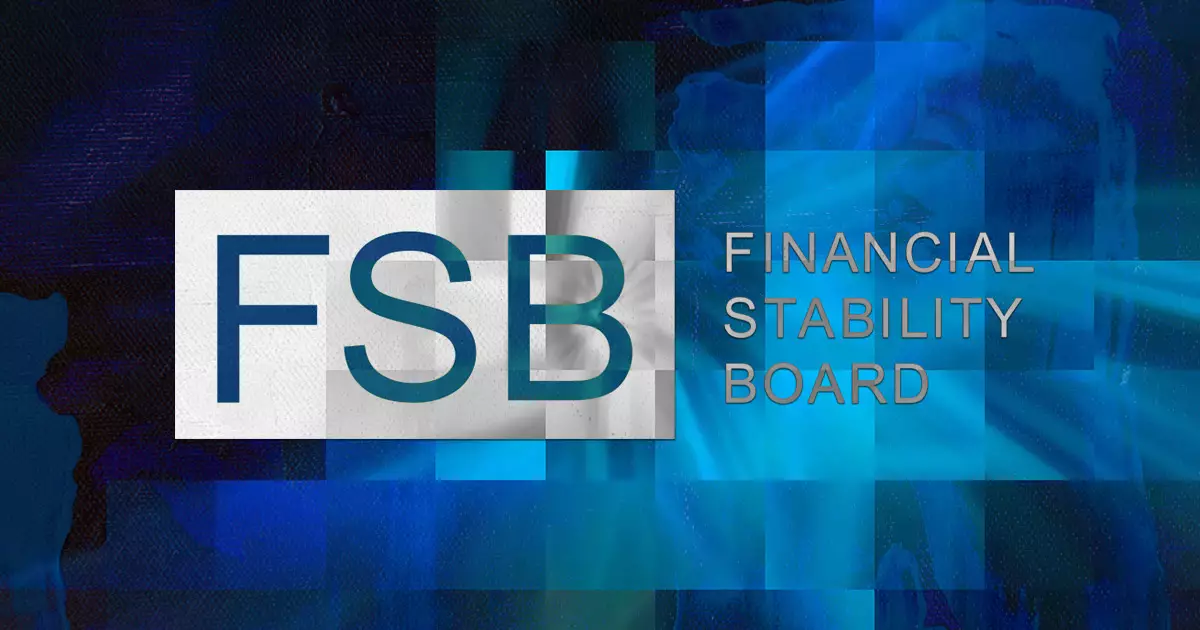The Financial Stability Board (FSB) has recently unveiled its finalized global regulatory framework for crypto-asset activities. This framework comes as a response to the inherent volatility and structural vulnerabilities observed in the crypto industry, as well as the risks posed by the deepening connection between cryptocurrencies and traditional finance. The FSB’s main objective is to ensure comprehensive and consistent regulation of cryptocurrencies and stablecoins across borders while promoting technological innovation within the industry.
To address risks to financial stability and provide a baseline for regulators worldwide, the FSB has put forth two sets of distinct high-level recommendations. These recommendations extensively cover important aspects like governance, disclosures, risk management, regulatory tools, regulatory regimes, and cross-border cooperation between regulators.
The first set comprises new recommendations, highlighting the FSB’s commitment to continuously enhancing its regulatory approach. The second set revises previous recommendations on stablecoins, incorporating valuable insights gained from recent industry developments.
Recognizing the need to address critical areas, the FSB has improved its prior recommendations in three specific domains: safeguarding client assets, mitigating risks arising from conflicts of interest, and enhancing cross-border cooperation.
By focusing on safeguarding client assets, the FSB aims to minimize the potential for loss or unauthorized use of funds held by crypto industry entities. This recommendation emphasizes the importance of robust risk management and security measures, which should be implemented to protect clients and instill confidence in the market.
To mitigate risks associated with conflicts of interest within the crypto industry, the FSB recommends the adoption of measures that enhance transparency and promote fair practices. This includes developing clear guidelines on disclosure obligations and potential conflicts of interest for market participants.
Furthermore, the FSB emphasizes the significance of cross-border cooperation between regulators to effectively address the global nature of the crypto industry. By fostering collaboration and information sharing, regulators can more efficiently identify and mitigate risks associated with cross-border activities.
It is important to note that the FSB’s regulatory framework does not extend to central bank digital currencies (CBDCs). CBDCs are digital representations of central bank liabilities and are generally considered outside the scope of the framework.
This exclusion reflects the unique nature and purpose of CBDCs, which are typically designed and issued by central banks as a form of digital legal tender. Given their close association with traditional finance and the control exerted by central banks, CBDCs entail different considerations and regulatory approaches compared to other crypto-assets.
The Financial Stability Board’s global regulatory framework for crypto-asset activities marks a significant step towards addressing the risks and vulnerabilities within the crypto industry. By formulating these high-level recommendations, the FSB aims to provide regulators with a solid foundation to develop their own comprehensive and consistent regulatory regimes.
The FSB’s focus on safeguarding client assets, managing conflicts of interest, and promoting cross-border cooperation highlights key aspects that contribute to financial stability. As the crypto industry continues to evolve, it is essential for regulators to establish effective frameworks that strike a balance between regulation and innovation.
However, with the exclusion of central bank digital currencies (CBDCs), it is clear that the FSB acknowledges the distinct nature of CBDCs and the regulatory considerations they warrant. As the crypto landscape evolves further, it will be crucial for regulators to adapt and refine their regulatory frameworks to encompass emerging developments in the industry.


















